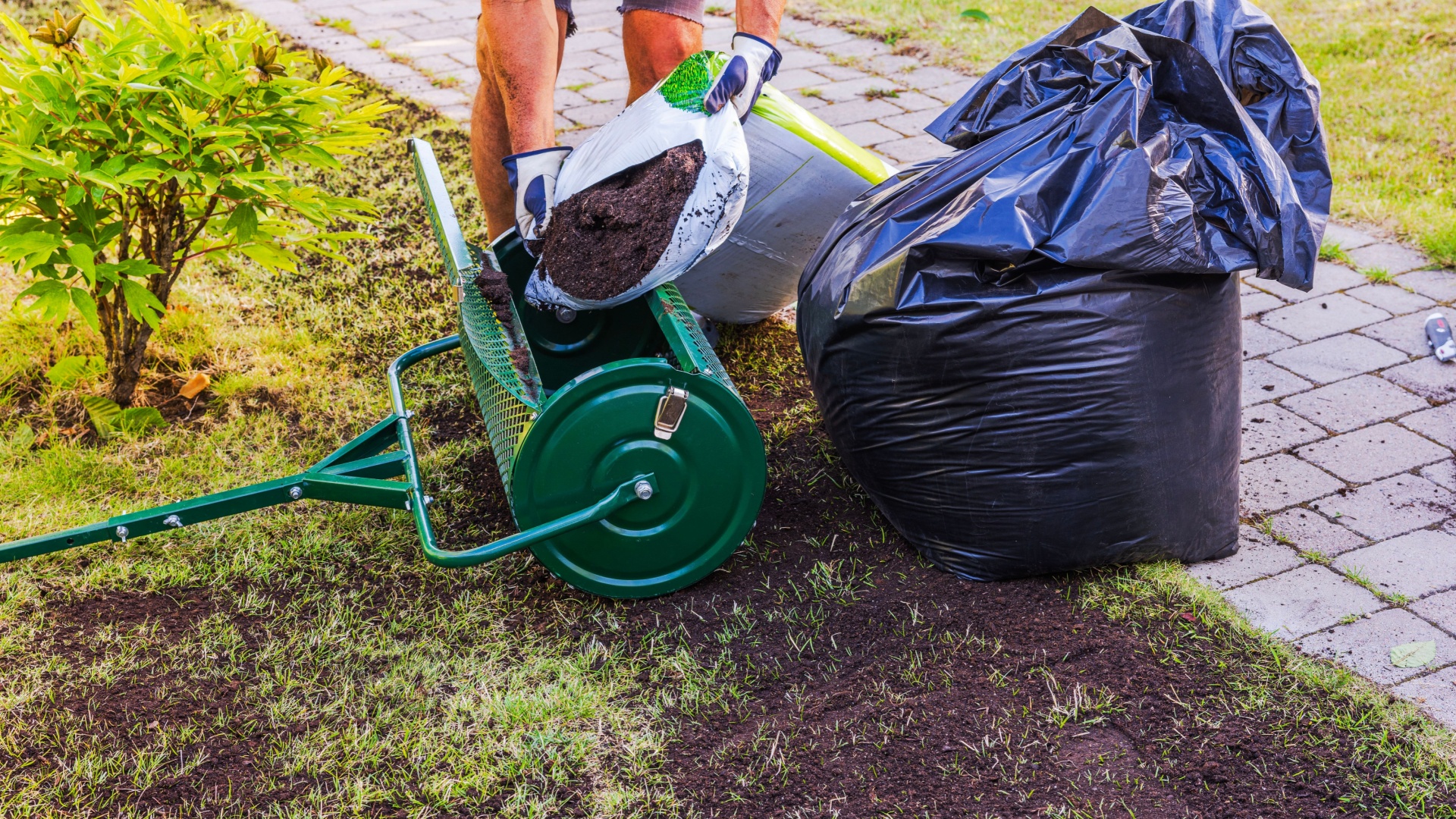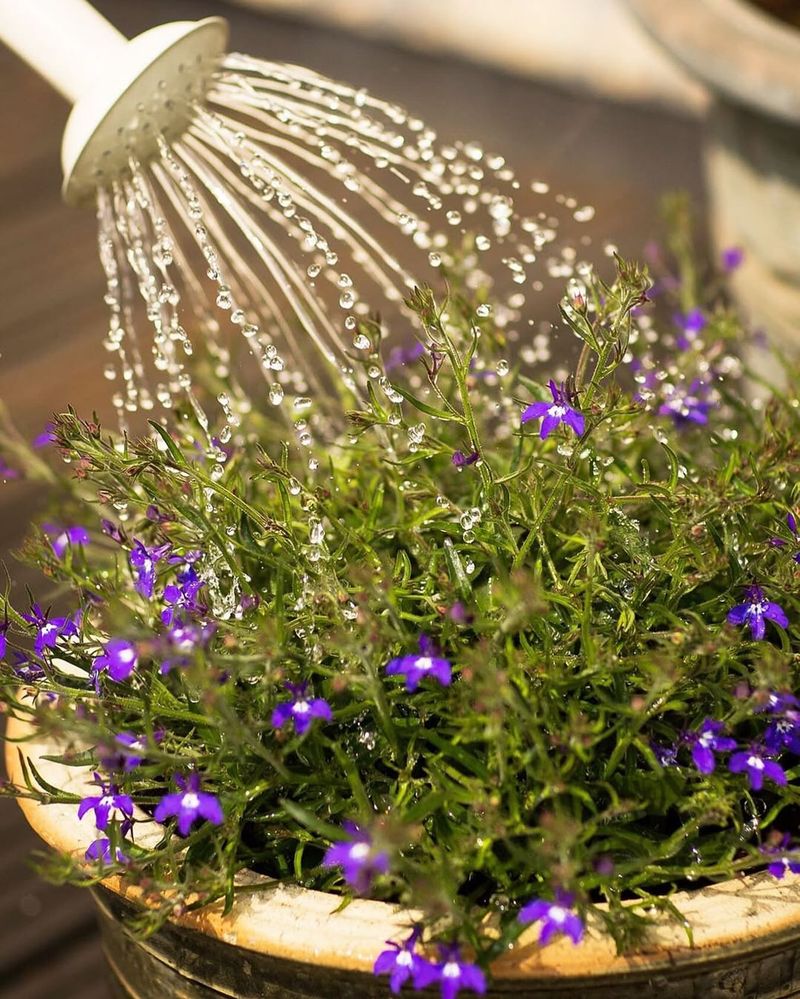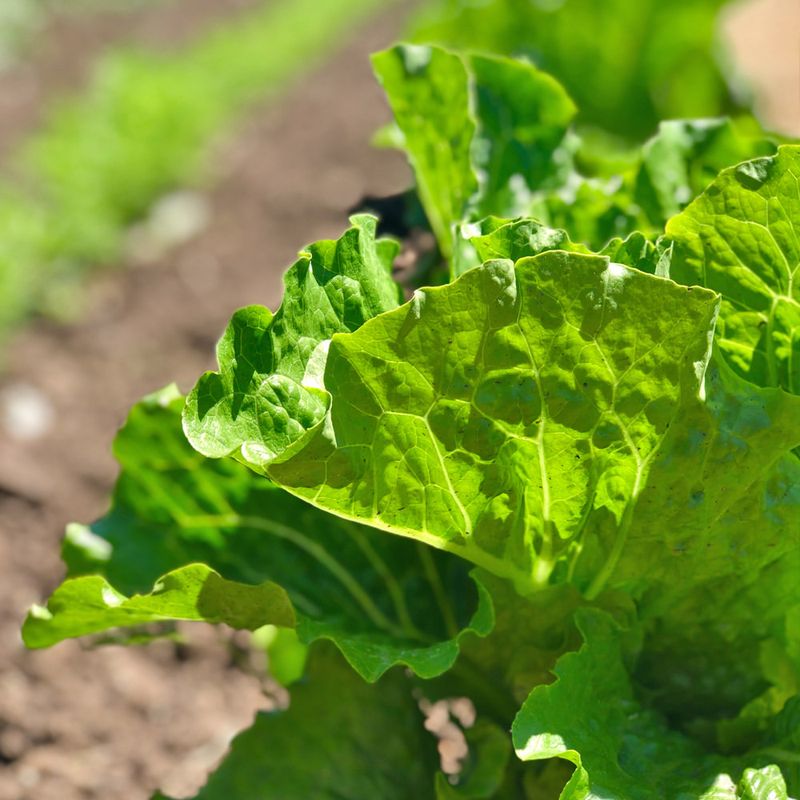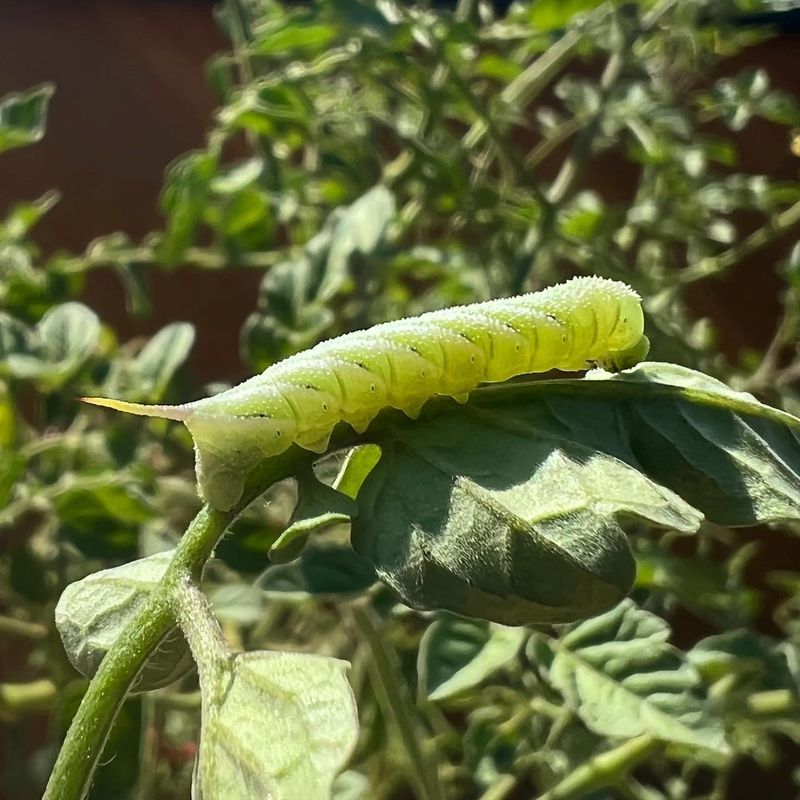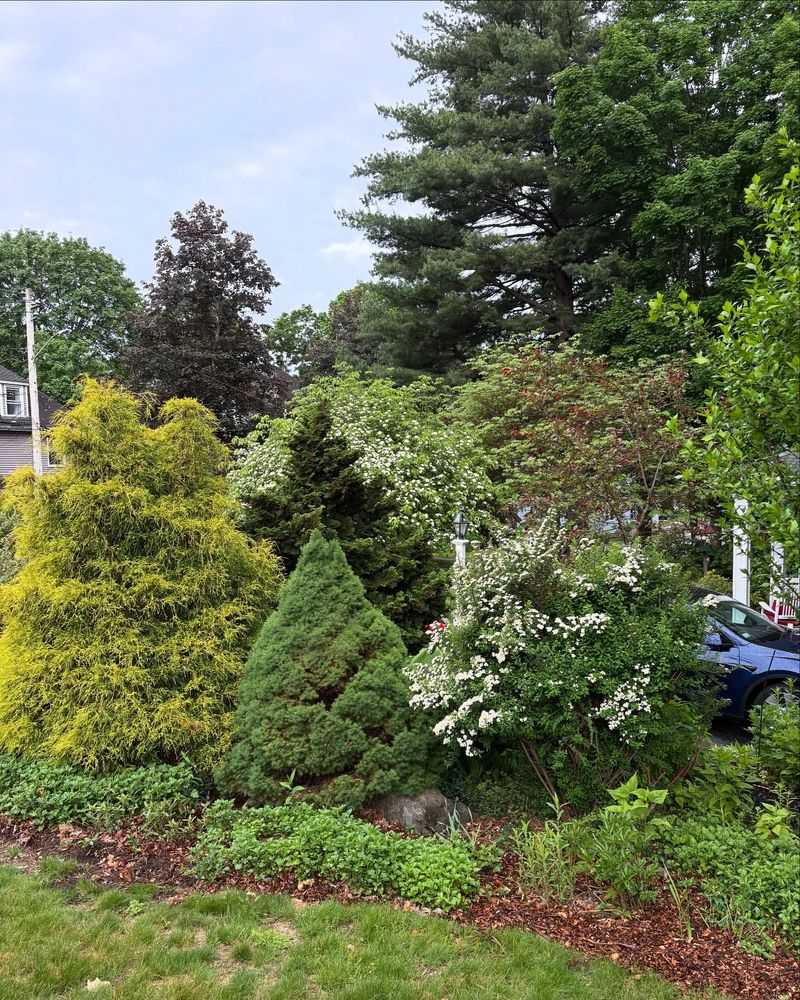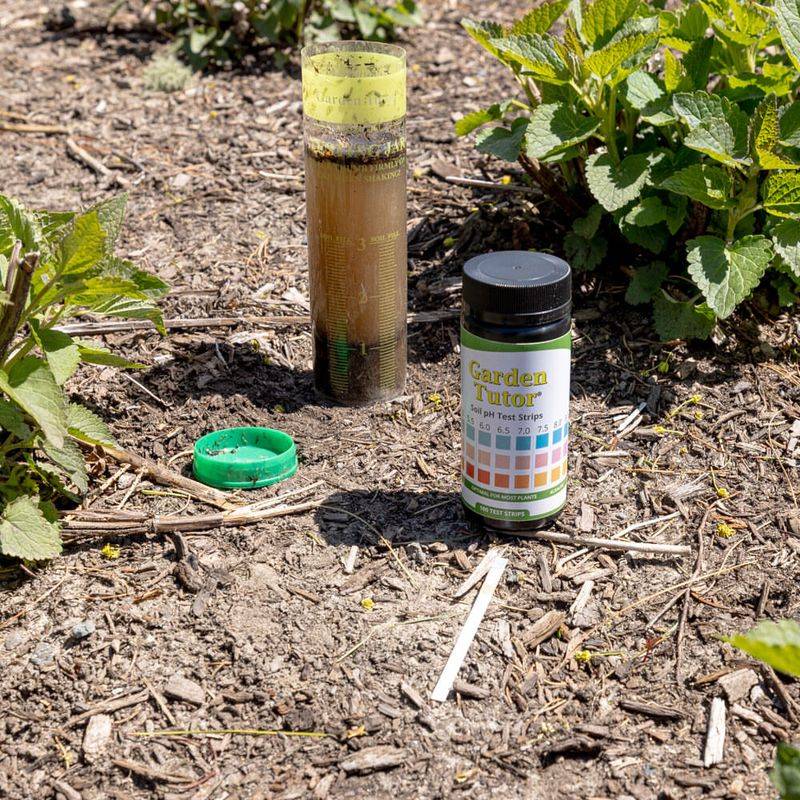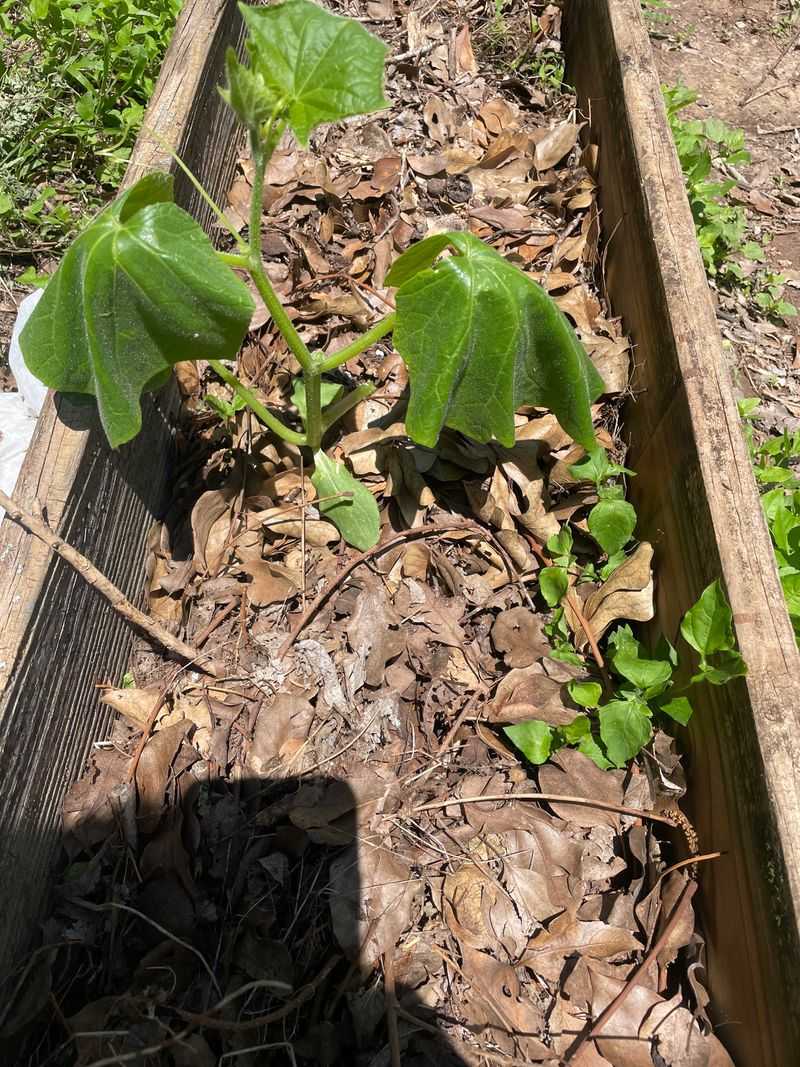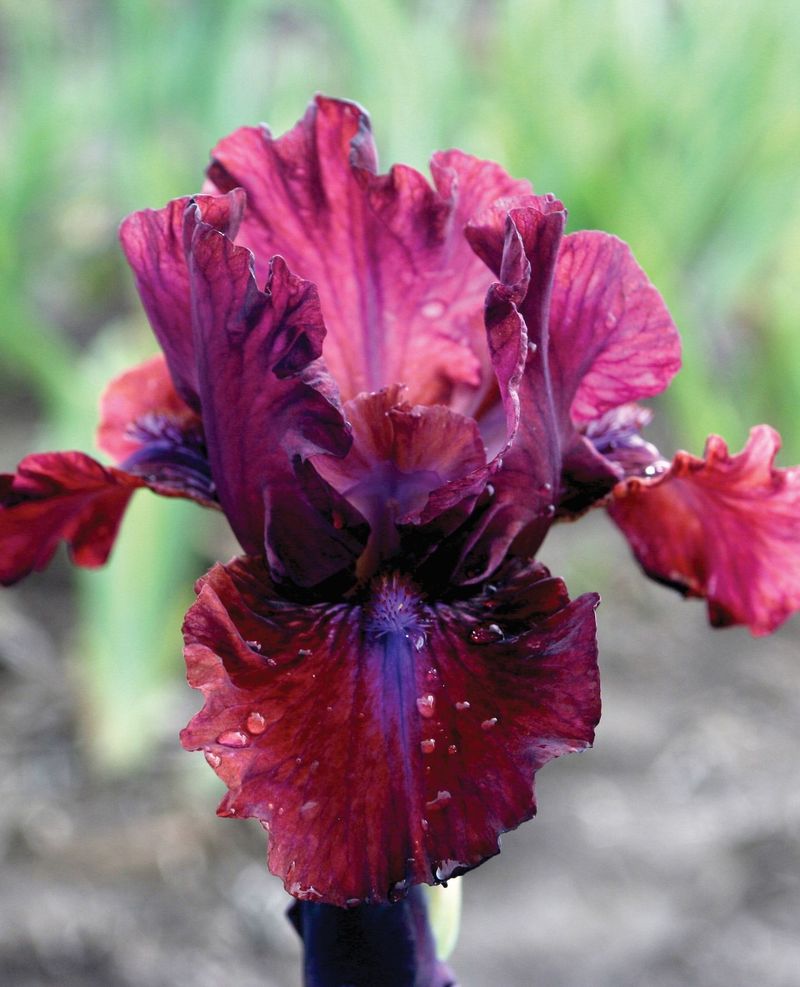August gardening in Georgia can be tricky with the sweltering heat and unpredictable rainfall patterns. Many gardeners make simple mistakes that can harm plants during this challenging month.
Avoiding these common errors will help your garden thrive through the late summer heat and prepare for the upcoming fall season.
1. Overwatering Your Thirsty Plants
Seeing wilted plants in August heat often triggers panic watering. Many gardeners drench their gardens daily, creating soggy soil that drowns roots and promotes fungal diseases.
Instead, water deeply but less frequently. Early mornings work best, allowing moisture to reach roots before evaporation. Check soil moisture by inserting your finger an inch deep – if it feels damp, hold off watering.
2. Forgetting to Mulch Properly
Bare soil in Georgia’s August sun bakes quickly, stressing plant roots and wasting precious water. Skimping on mulch exposes your garden to unnecessary drought stress and weed invasion.
Apply a 2-3 inch layer of pine straw, hardwood mulch, or shredded leaves around plants. Keep mulch slightly away from stems to prevent rot. Proper mulching cuts water needs by up to 50% while keeping soil temperatures moderate.
3. Planting Fall Vegetables Too Late
August is prime time for starting fall gardens in Georgia, but many wait until September. By then, young seedlings struggle to establish before cold weather arrives.
Get cool-season crops like broccoli, collards, and lettuce started by mid-August. Use shade cloth to protect seedlings from intense afternoon sun. Consider using transplants instead of seeds for a head start on your fall harvest.
4. Neglecting Pest Patrol Duties
August brings peak insect activity in Georgia gardens. Ignoring regular pest checks allows small problems to explode into infestations that can destroy plants overnight.
Examine leaf undersides and stems every few days, especially on tomatoes and squash. Hand-pick larger pests like hornworms and squash bugs. Consider introducing beneficial insects like ladybugs and lacewings as natural pest control for your garden.
5. Pruning Shrubs at the Wrong Time
Many gardeners get eager with pruning shears in August, not realizing they’re removing next year’s blooms. Azaleas, camellias, and other spring-flowering shrubs have already set their buds for next year.
Save major pruning for after flowering or early summer. Focus August maintenance on removing only dead or diseased branches. For hydrangeas, know your variety – some bloom on old wood, others on new growth.
6. Skipping Soil Testing and Amendments
Georgia’s clay soils often need adjustments, but randomly adding fertilizer without testing can harm plants. Excess nitrogen during August heat pushes weak growth that’s susceptible to disease and pests.
Get a soil test through your county extension office. August is perfect for adding organic matter like compost to prepare beds for fall planting. Hold off on high-nitrogen fertilizers until temperatures moderate in September.
7. Letting Weeds Go to Seed
Summer fatigue makes it tempting to ignore those persistent weeds. Just one crabgrass plant can produce thousands of seeds, creating next year’s weed nightmare.
Make quick morning weeding sessions part of your routine before the day heats up. Focus on removing weeds before they flower and set seed. A sharp hoe works wonders for slicing weeds just below soil level during dry spells.
8. Ignoring Signs of Plant Stress
Brown leaf edges, unusual spotting, or sudden wilting are distress signals many gardeners miss. By the time entire leaves yellow or drop, the problem has often progressed too far.
Learn to recognize early warning signs specific to your plants. Morning inspections reveal problems before heat stress confuses symptoms. Take photos of concerning issues to share with local garden centers or extension offices for accurate diagnosis.
9. Watering At The Wrong Time
Evening watering seems logical after a hot day, but leaves that stay wet overnight invite fungal diseases that thrive in Georgia’s humidity. Midday watering wastes water through evaporation before roots can absorb it.
Set automatic irrigation systems to run between 5-9am. This timing allows foliage to dry quickly while maximizing water absorption. If hand-watering, aim directly at soil level rather than spraying leaves to reduce disease risk.
10. Forgetting To Plan For Fall Planting
August slips by quickly, leaving unprepared gardeners scrambling when ideal fall planting conditions arrive. Without proper planning, you’ll miss the perfect window for establishing trees, shrubs, and cool-season crops.
Sketch your fall garden plans now and order seeds or reserve nursery plants. Prepare planting areas by clearing spent summer crops and refreshing soil. September through November offers Georgia’s best planting conditions – be ready to take advantage!

